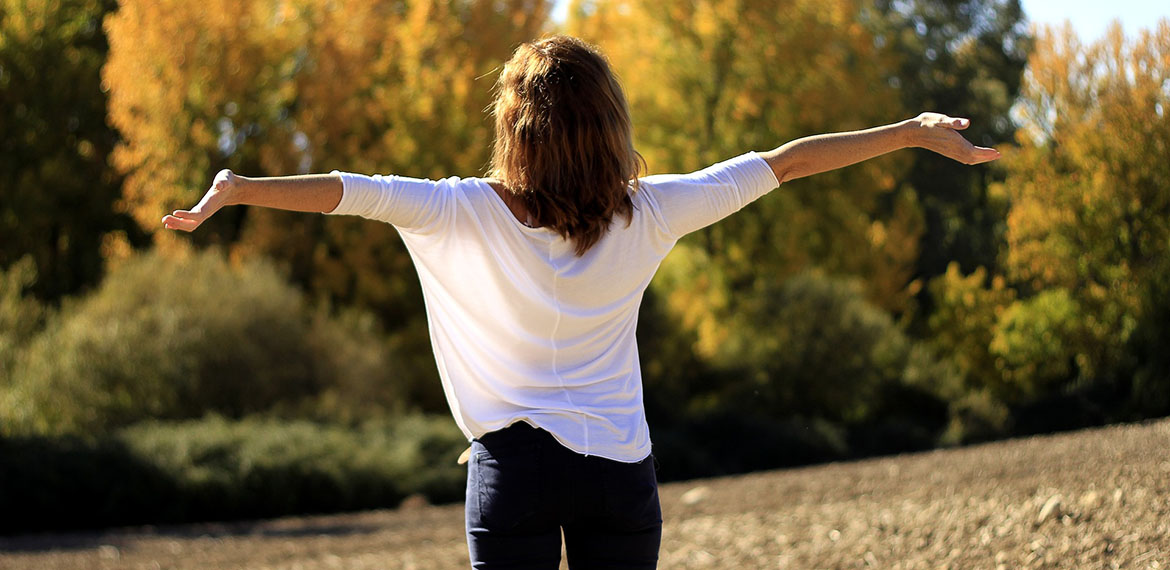“Every breath you take
Every move you make
Every bond you break
Every step you take
I’ll be watching you”
~Police 1983
For the most part we take breathing for granted, but on extremely hot and close summer days, such as those we are currently experiencing in the UK, it is common to find respiration to be more difficult. It may be an unfortunate stereotype, but during unusually warm days, one often hears someone say something like, “it’s so hot I can hardly breathe.” Yes, polite conversation in the UK often avoids politics or religion and prefers the safe and neutral space of chatting about the weather. We at Whitespace find more fascinating the observation that when we introspect and interrupt our normal autonomic functions such as breathing or blinking, we activate a particular area of the brain, which can have stress lowering benefits, if the process is understood and incorporated into a usable routine.
Whitespace Family Dynamics have incorporated breathing drills as a skill which can stimulate consciousness and self awareness. Respiratory studies which began with ancient philosophers and continues with neuroscientists today, are revealing amazing and useful discoveries when it comes to breathing and our emotional, mental and physical health. We all have held our breath and felt the urgency to inhale as the (CO2) Carbon Dioxide levels increase in our bloodstream and send command messages to our brain. For those of us who enjoy Scuba diving or freediving, one learns the importance of breath control and the dangerous consequences of oxygen deprivation which may include hypoxia, commonly known as shallow water blackout.
Shortly after divorcing his first wife, Sting, along with the Police, wrote and played, Every breath you take, often misinterpreted as a love song. The lyrics speak to a dark and mistrusting place, but the music and misunderstood meaning resulted in the number one hit in 1983. We might paraphrase Sting’s lyrics and say that every breath we take can have a direct effect on our cerebral function and our total physiology. In fact, breathing and the respiratory rate, as well as heart rate, pupil dilations and many other human actions are not contemplated, but governed by the human autonomic nervous system or ANS.
The ability to “hold one’s breath” technically known as apnea has produced its own organisation called AIDA which tracks world records and competitions of free divers popularised in the 1988 movie The Big Blue. While the current maximum recorded static apnea is 11 minutes and 35 seconds held by Frenchman Stephane Misfud, many athletes have recorded free dives of several hundred feet, descending and ascending while holding one’s breath. These athletes practice a variety of techniques which allow them to slow their heart rate, metabolism and carbon dioxide buildup. They are typically very relaxed, focused and tranquil individuals which is a direct result of their breathing exercises.
This human control system influences many physical and emotional health issues, which are just recently being studied. While science has known that the ANS was controlled by the Hypothalamus region of the brain, the latest research has revealed the importance of each and every human breath and what it can reveal about our state of mind. Conscious breathing with the control of attention and the clear intelligent formation of one’s intentions, creates a sense of knowing and calm. Our Whitespace techniques help oxygenate the body and increase the energy flow throughout the system
If you consciously override your nervous system, you begin to understand that breathing can have a direct effect on our thought process. The Far East and Asian cultures have a greater respect for the respiratory function than the West. Most of the Yoga regimes help clear the respiratory pathways through stretching and movements which promote more oxygen to the body. Even if you have never tried Yoga or Meditation you most probably will have heard of a “cleansing breath” or a deeper breath which makes your lungs work a bit harder and aids in better oxygen absorption.
While many of our Whitespace community practice meditation and or yoga, we offer a shortcut which has scientifically been proven to slow the respiratory rate and takes a lot less time. First take a deep breath in through the mouth and exhale through the nose. Now inhale through the nose and purse your lips as if you were going to whistle and exhale through your puckered lips. You will notice slower exhalation but don’t force it, just breathe in through the nose in normal amounts while exhaling slowly with the pursed lip formation. After five pursed lip exhalations you will see slower breaths and if fact most people can lower their blood pressure and stress levels with this technique.
The US based Cleveland Clinique publishes the pursed lip technique as a remedy for anyone who finds themselves short of breath and states the benefits include, “better breathing patterns and general relaxation.” Many of our athletes in our Whitespace Sports Dynamic practice use pursed lip exhalation to recover from intense sprints or oxygen robbing competitions. So even if you are not involved in intense exercise, the next time you are confronted with a stressful situation, try five pursed lip exhalations and you will find your troubles evaporating with “every breath you take.”






